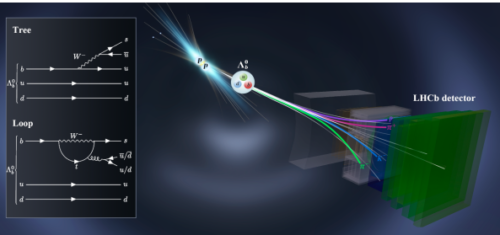2025-04-11 中国科学院(CAS)
中国科学院航空宇宙情報研究所による最新研究によると、現在の衛星システムでは米国の火力発電所からのCO₂排出量を大幅に過小評価しており、その誤差は約70%(±12%)に達するとされています。この誤差の主な原因は、既存の衛星の空間解像度の粗さ、精度の限界、再訪周期の長さにあります。例えばNASAのOCO-2およびOCO-3衛星は、解像度が約1.3×2.2 km²で、16日ごとの観測しかできません。これでは多数を占める小規模発電所の排出量を把握するのが困難です。
◆研究では、次世代衛星に求められる性能として、0.5kmの解像度、0.7ppm以上の精度、日次観測が挙げられており、これにより誤差を20%未満に抑えることが可能と示唆しています。EUのCopernicus CO₂ Monitoring Mission(CO2M)や中国のTanSat-2など、より高性能な衛星が今後登場する予定で、より正確な温室効果ガスの監視が期待されています。こうした精度の高い排出インベントリは、パリ協定などの気候目標の達成を確認する上で極めて重要です。
<関連情報>
- https://english.cas.cn/newsroom/research_news/tech/202504/t20250411_1041031.shtml
- https://spj.science.org/doi/10.34133/remotesensing.0469
衛星の空間分解能、精度、監視頻度に強く影響されるトップダウン・アプローチによる火力発電所の総排出量推定 The Total Emission Estimation of Thermal Power Plants Using a Top-Down Approach Strongly Impacted by Satellite Spatial Resolution, Precision, and Monitoring Frequency
Xingyu Li, Tianhai Cheng, Hao Zhu, Xiaotong Ye, […], and Lili Zhang
Journal of Remote Sensing Published:14 Mar 2025
DOI:https://doi.org/10.34133/remotesensing.0469

Abstract
Accurately estimating carbon emissions is crucial under the Paris Agreement, especially for thermal power plants, the largest source of fossil fuel emissions. While traditional methods are validated by satellite remote sensing, the effectiveness of satellites like the Orbiting Carbon Observatory (OCO) for national-level carbon inventories remains debated. This study evaluates satellite capabilities in monitoring emissions from thermal power plants, considering frequency, column-averaged dry-air mole fraction of CO2 (XCO2) precision, and spatial resolution. A correction strategy is proposed for global carbon stocktake using satellite data. The study reveals that the OCO-2 v11.1 and OCO-3 v10 satellites, with their approximate 1 part per million (ppm) XCO2 precision, substantially underestimate total U.S. power plant emissions by 70% (±12%) due to their inability to detect emissions from smaller facilities. Improving precision to 0.5 ppm can narrow this gap to 52% (±17%). Further reductions in this discrepancy can be achieved by enhancing monitoring frequency, XCO2 precision, and spatial resolution. Specifically, with a precision of 0.7 ppm, a spatial resolution of 0.5 km, and daily monitoring, the error can be decreased to less than 20%. A parallel analysis of the planned Copernicus Anthropogenic CO2 Monitoring Mission estimates that it could detect 52% of total U.S. power plant emissions, while TanSat-2 Global is projected to detect 44%. The findings highlight current limitations in satellite-based global carbon stocktake but indicate future potential improvements with higher spatiotemporal resolution and precision in upcoming satellite missions.



